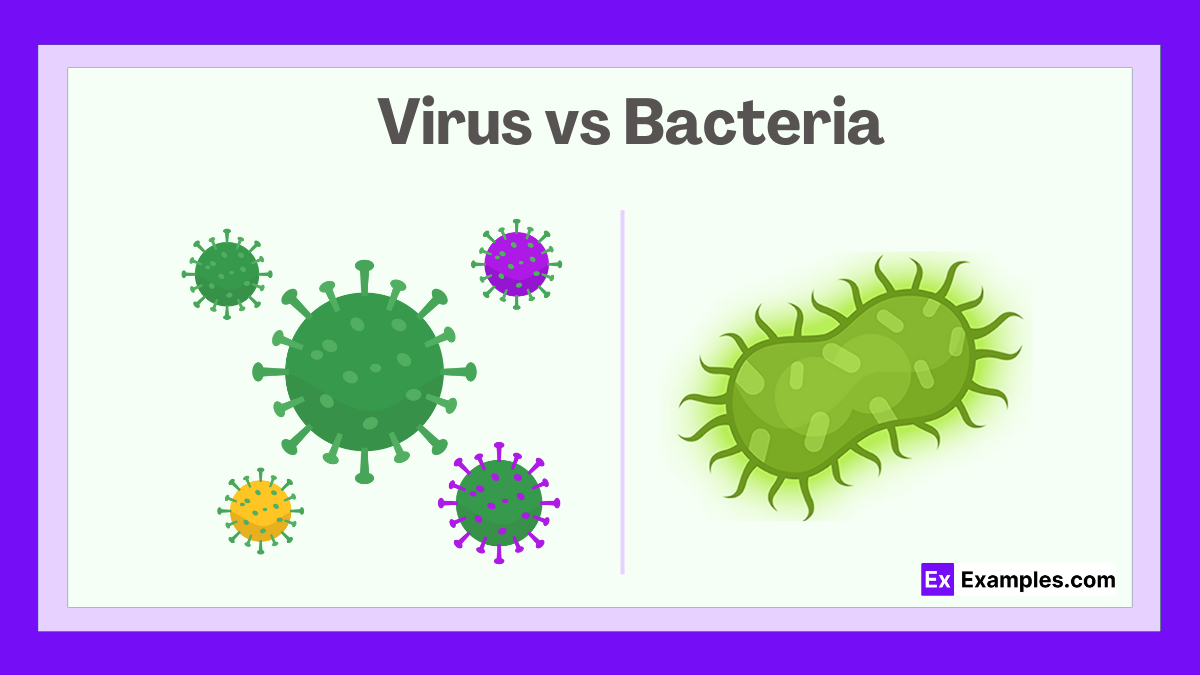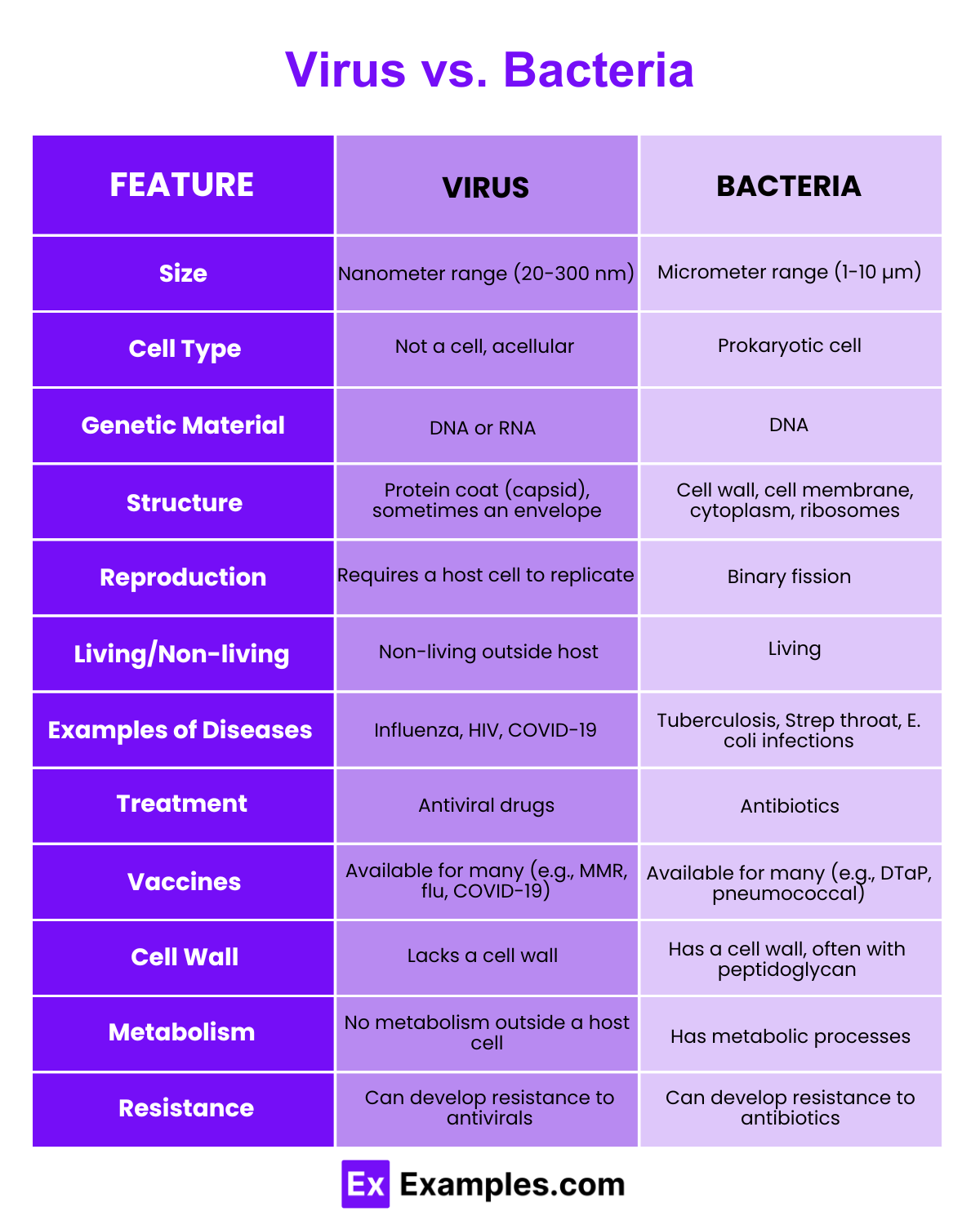Which of the following is a fundamental difference between viruses and bacteria?
Viruses have a cell wall, while bacteria do not
Bacteria can reproduce independently, whereas viruses cannot
Viruses have a nucleus, while bacteria do not
Bacteria are always harmful, while viruses are always harmless




